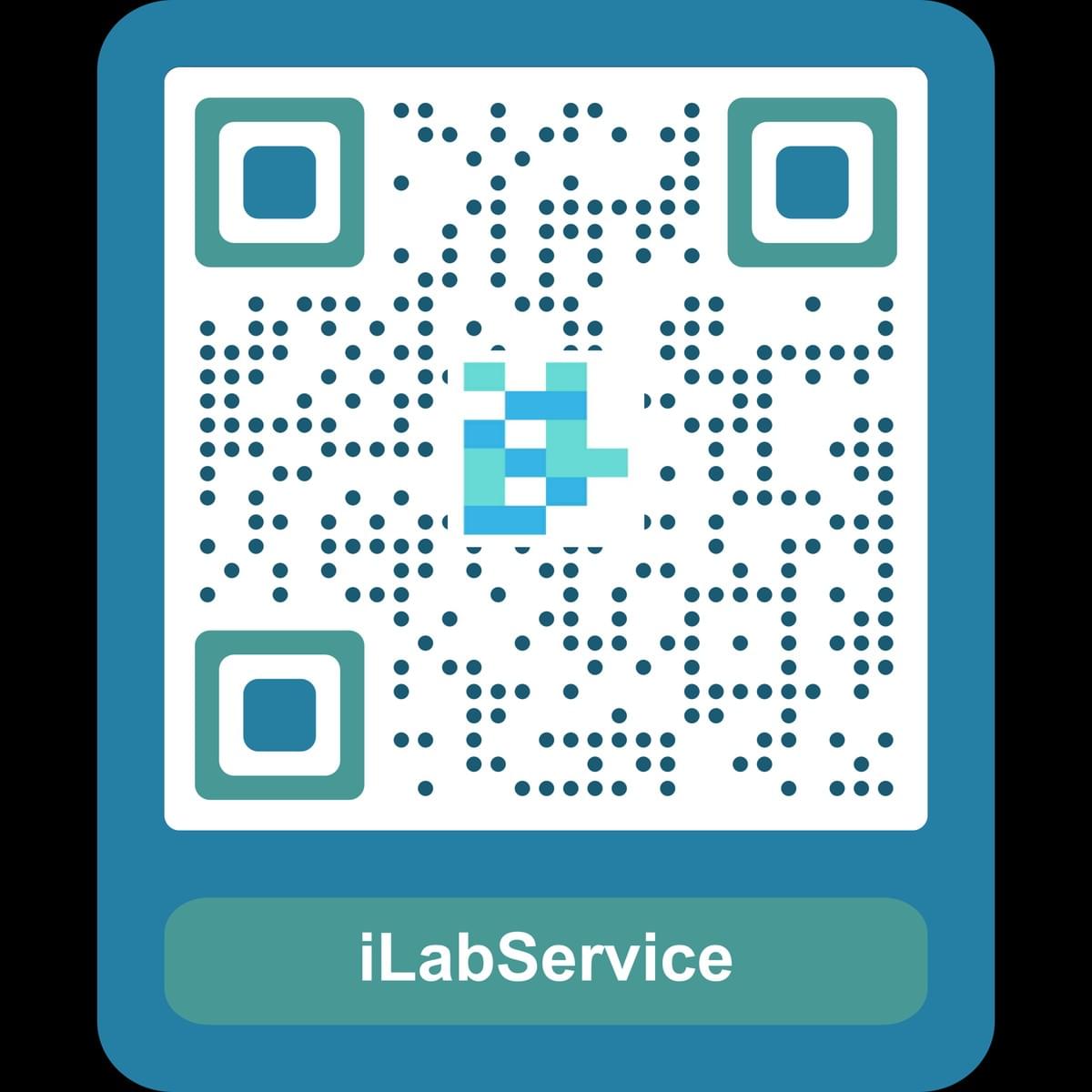A Major Signal: Global Giants Enter the Age of AI Co-Creation
Recently, global life science and instrumentation leader Thermo Fisher Scientific announced a strategic partnership with OpenAI — a milestone signaling the acceleration of digital transformation across the laboratory and R&D ecosystem.

- In its PPD™ clinical research business, Thermo Fisher will integrate OpenAI’s advanced models to redesign data analysis and trial strategies, accelerating drug development.
- Together, the companies will leverage AI to identify high-risk studies early, shorten clinical timelines, and significantly reduce costs.
- Thermo Fisher will also deploy ChatGPT Enterprise across its global workforce, embedding AI literacy into its corporate culture.
Thermo Fisher’s leadership stated:
AI is no longer just a tool — it’s a catalyst for scientific advancement.
This is not just a corporate announcement — it’s an industry evolution signal. AI is becoming the new engine driving the future of life sciences.
The Irreversible Shift: Digitalization + AI as a Survival Imperative
For years, digitalization in laboratories was seen as an optional efficiency upgrade.
Today, it has become a threshold for survival.
⚠️ A Silent Shakeout Has Begun
- Over 80% of global laboratories still rely on manual or paper-based workflows.
- Meanwhile, 77% plan to implement AI-enabled systems within the next two years.
- More than half of pharma and biotech companies are already embedding machine learning into their R&D processes.
This means that if lab managers remain in the stage of “manual scheduling, isolated instruments, and spreadsheet tracking,”
within just a few years, your lab won’t just be inefficient — it will be irrelevant.
How AI Is Rewriting the Logic of Laboratory Operations
The combination of AI and digitalization goes far beyond “automation and cloud storage.”
It is fundamentally transforming how laboratories think, decide, and evolve.
🔹 From Execution to Intelligence
AI can analyze experimental results, detect anomalies, and predict equipment performance — turning scientists from data collectors into insight discoverers and proactive optimizers.
🔹 From Labor-Intensive to Data-Intensive
The new competition is not about who owns more instruments, but about who owns richer, higher-quality, and faster-responding data.
The lab of the future is not merely a physical space, but an intelligent network that can sense, predict, and optimize.
🔹 From Isolated Instruments to Holistic Intelligence
AI thrives not only on data but on context — samples, environment, equipment conditions, human behavior, energy usage, timing.
These “contextual data” points are the missing link that connects experimental actions with experimental outcomes.
iLabService: Enabling Laboratories to Sense, Decide, and Evolve
Amid this AI-driven transformation, iLabService, a pioneer in AIoT-powered laboratory operations and digital platforms, is redefining how laboratories build bottom-up intelligence.
🔸 Connecting Every Laboratory Element with AIoT
Through Internet-of-Things (AIoT) integration, iLabService connects equipment, environments, samples, operations, and energy systems — capturing real-time contextual data that previously went unrecorded.
🔸 Reconstructing the Data Dimension
Traditional LIMS or ELN systems focus on experiment outcomes; iLabService complements them by digitizing process-level data:
- Who operated which instrument, under what conditions, for how long?
- Which recurring patterns cause specific experiment failures?
- Which device is trending toward malfunction?
Once captured and modeled, these details give AI the true ability to understand laboratory behavior.
🔸 Empowering Deeper, Faster Managerial Decisions
Using digital-twin technologies and real-time analytics, lab managers can now visualize equipment utilization, energy consumption, bottlenecks, and cycle times — shifting from experience-driven to data-driven management.
This is the foundation of next-generation intelligent laboratories.
A Warning — and an Opportunity — for Lab Managers
This wave of transformation is arriving faster — and will be more disruptive — than many expect.
It is both a challenge and an unprecedented opportunity.
⚠️ Failing to digitalize doesn’t mean being “a bit slower” — it means being left behind.
✅ Starting now means you could become a leader in the next generation of smart laboratories.
For lab managers, here’s how to take action:
1️⃣ Build data infrastructure early — begin with small yet high-impact areas like device connectivity, environmental monitoring, and energy tracking.
2️⃣ Capture contextual process data — give AI the “situational awareness” it needs to generate insights.
3️⃣ Choose the right platform partner — solutions like iLabService’s AIoT and digital platform can help you start small and scale fast.
4️⃣ Drive a cultural shift — digitalization is not an IT project; it’s a transformation of mindset and management.
Conclusion: The Future Is Here — Just Unevenly Distributed
The Thermo Fisher–OpenAI partnership marks the beginning of a new scientific era:
innovation is shifting from experiment-driven to data-driven, and the laboratory itself is being redefined as an intelligent entity.
Innovators like iLabService are building the “digital nervous system” of this new ecosystem — enabling laboratories not only to operate, but to understand, predict, and optimize themselves.
The competition ahead won’t be about who owns more equipment or funding, but about whose laboratory learns faster, thinks smarter, and understands its data better.
The wave of AI-driven digital transformation is already here.
For every lab manager — either you lead the transformation, or you will be transformed.
Let’s Talk:
Is your laboratory already collecting contextual data?
Are you exploring AI-driven operational models?
Join the conversation — together, let’s define what the Future Laboratory truly means.


